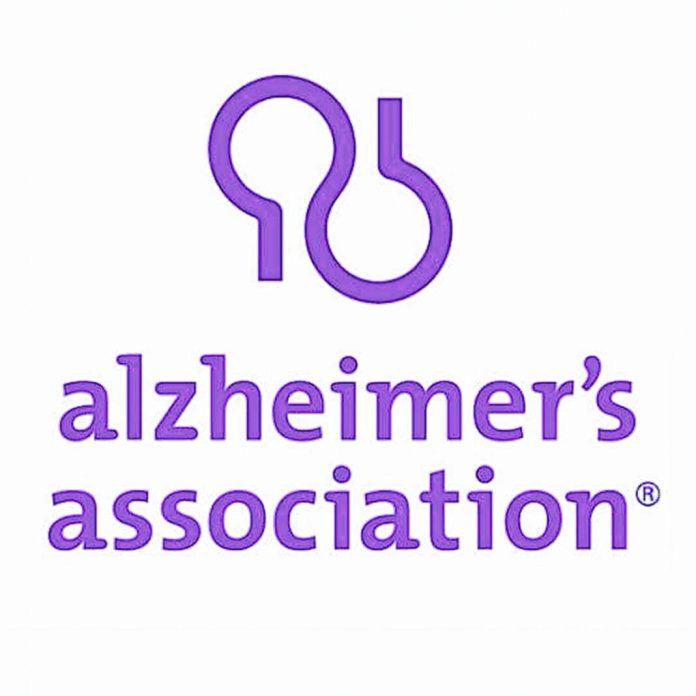COLUMBUS, Ohio – For their first date, Sandusky residents Pam and Joe Droll took a bus to Amish country to look at trains — even though neither of them particularly cared for trains. They married two years later and have been together for almost a decade, traveling and spending time with their three children and six grandchildren.
Two years ago, while driving the same route home she always took, Pam pulled over to the side of the road and called Joe, because she couldn’t remember where she was.
“It was just like a snap of the finger — where am I?” Pam recalled. “I couldn’t tell Joe where I was. So that was a very, very scary time.”
That moment led to months of grueling appointments and tests, and Pam, 62, was diagnosed with Alzheimer’s disease last year.
“As far as catching it early, it’s kind of a double-edged sword,” Joe said. “On the positive side, we are focused on enjoying each day, because unfortunately, we just hope that it’s a slow thing so we can enjoy as much as we can.”
Pam is taking medication to help slow the disease’s progression and hopes that because it was caught early, the treatment will provide many more good years. She is experiencing anxiety and seasonal depression along with her Alzheimer’s symptoms, and enjoys the “happy lights” Joe installed to brighten their home. Joe also cares for his 97-year-old mother, who also is living with Alzheimer’s.
Regular cognitive testing and awareness of early warning signs of Alzheimer’s and dementia can be a vital tool in identifying the disease and beginning treatment as early as possible. Knowing the signs of Mild Cognitive Impairment (MCI), a condition characterized by cognitive changes that could increase the risk of developing dementia, also can help with early detection and treatment. MCI is characterized by memory or thinking problems in a person who is still able to perform most activities of daily living.
“Health care providers have a responsibility to impart an understanding of cognitive impairment, and what individuals can do to reduce their risk,” said Dr. Joel Vandersluis, a Dayton neurologist with Neurology Diagnostics. Vandersluis sees patients with various cognitive issues, and also directs clinical studies on dementia and potential treatments. “Ideally, this should take place before they show signs of dementia. High blood pressure, high cholesterol, lack of exercise, and diabetes can all influence the risk for Alzheimer’s.”
Vandersluis urges patients to be assertive in asking for cognitive testing as part of their annual wellness exams. They should ask their doctor if they are at a higher risk of Alzheimer’s disease, and understand the actions they can take to help reduce some of that risk.
“Everyone, at any age, can adopt healthy lifestyles to improve their overall physical and brain health and to reduce their risk for cognitive decline,” Vandersluis said. “It’s never too early. But it’s never too late, either. Don’t resign yourself to the thought that losing brain function is a normal part of aging. Research is demonstrating that it doesn’t have to be.”
The Alzheimer’s Association Central Ohio Chapter regularly offers a free education program, 10 Warning Signs of Alzheimer’s, that teaches participants what they should look for in themselves and loved ones. In addition to memory loss, signs of dementia can include difficulty solving problems, having a hard time finding the right words, misplacing items, withdrawing from social activities and more. Visit alz.org/crf and search by zip code to find nearby programs.
“Knowing the early signs of Alzheimer’s and dementia is a great first step for those who want to monitor their health or the health of a loved one,” said Vince McGrail, executive director of the Alzheimer’s Association Central Ohio Chapter. “These classes help you familiarize yourself with the signs that indicate a visit to the doctor for cognitive testing is needed.”
Early detection offers families more options — something Pam and Joe Droll said they are grateful for.
“We have a strong relationship, and I’m not going anywhere,” Joe said. “We’re in this together, and I know she’d do the same for me.”
There are 493,000 Ohioans caring for 220,000 adults aged 65 and older living with Alzheimer’s disease, according to the Alzheimer’s Association “2023 Alzheimer’s Disease Facts and Figures.” The number of Ohioans living with Alzheimer’s is expected to increase to 250,000 by 2025.
Submitted by the Alzheimer’s Association Central Ohio Chapter.





